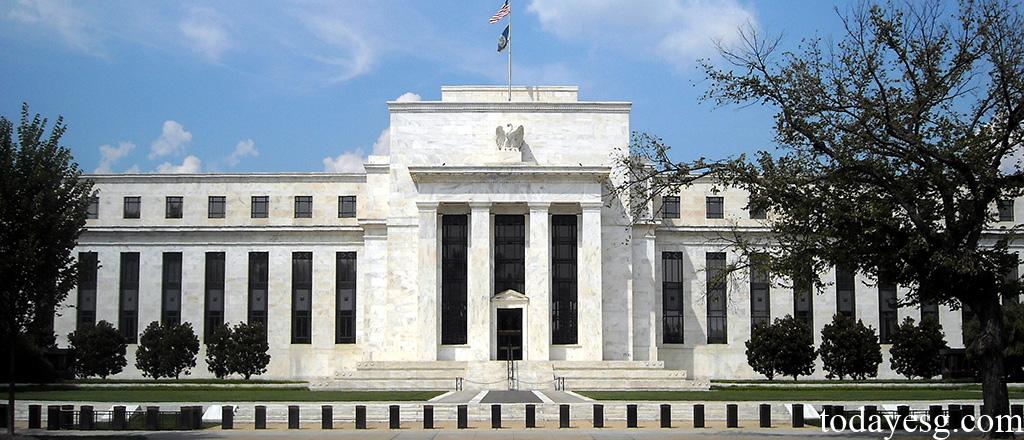Climate Scenario Analysis for Six Banks
The Federal Reserve announces that it will conduct climate scenario analysis and testing for six large banks to improve the ability of the industry and regulators to identify, measure, monitor and manage climate-related financial risks. The Fed will collect qualitative and quantitative information on climate risk management from banks and participate in the discussion and evaluation to provide reference for subsequent climate scenario analysis.
The Fed requires banks to submit documents and reports of climate scenario analysis before the end of July this year. Later, it will release the summary of this test at the end of this year but will not disclose the details of the test.
Brief Content of Climate Scenario Analysis
To facilitate the assessment results, the climate scenario analysis will be divided into two parts, namely, the physical risk part and the transition risk part. Physical risk refers to the direct loss of assets caused by climate incidents, and transition risk refers to indirect loss caused by the transition of economy. These two types of risks cannot be ignored by large banks.
The Fed will construct climate scenarios including climate variables, economic variables, and financial variables. Banks need to simulate and evaluate the impact of these scenarios on loan portfolios, such as calculating specific default probability, default loss and risk rating. In addition, banks also need to qualitatively answer questions about internal governance, risk management and calculation methods.
The simulation time of this climate scenario analysis is different. The physical risk part will focus on simulating the impact of specific climate scenarios on real estate loans within one year, and the transition risk part will focus on simulating the impact of specific climate scenarios on corporate loans in the next decade. In the simulation, banks can assume that the balance sheet remains relatively stable to measure the risk more accurately.

Physical Risk of Climate Scenario Analysis
The Federal Reserve believes that physical risk can increase the prudential risk of large banks. For example, the frequency and severity of adverse weather events may reduce debt repayment ability, and may also affect the residual value of loans recovered by banks in case of default. The scenario analysis will use the IPCC greenhouse gas concentration track as an indicator to simulate different degrees of common climate physical risks and test how the bank’s real estate loan portfolio is affected by these events.
Physical risks include common shocks (common natural disasters) and specific shocks (shocks specific to a bank’s specific business model). In the process of reporting physical risks, banks need to provide indicators like Value at Risk, that is, to describe the maximum loss that the loan portfolio may suffer under certain probability (such as once in a hundred years or once in two hundred years).
Transition Risk of Climate Scenario Analysis
The Fed believes that in the process of low-carbon economic transformation, policy changes and technological innovation will affect the solvency of borrowers, and then affect the bank loan portfolio. Through different combinations of economy, technology and policy, scenario analysis will simulate different economic and financial variables such as GDP and carbon price and monitor the performance of banking institutions in the scenario.
The transition risk will be based on two scenarios, one is the current climate policy, and the other is the 2050 net zero policy. The current climate policy assumes that the carbon peak will be reached in 2080, and the global warming will be 3 degrees Celsius by 2100. The 2050 net zero policy assumes that carbon neutrality will be achieved in 2050 and the global temperature will rise by 1.5 degrees Celsius. In these two cases, banks face different transition risks and portfolios are affected differently. When evaluating transition risk, banks can temporarily ignore the impact of physical risk.
Reference:








